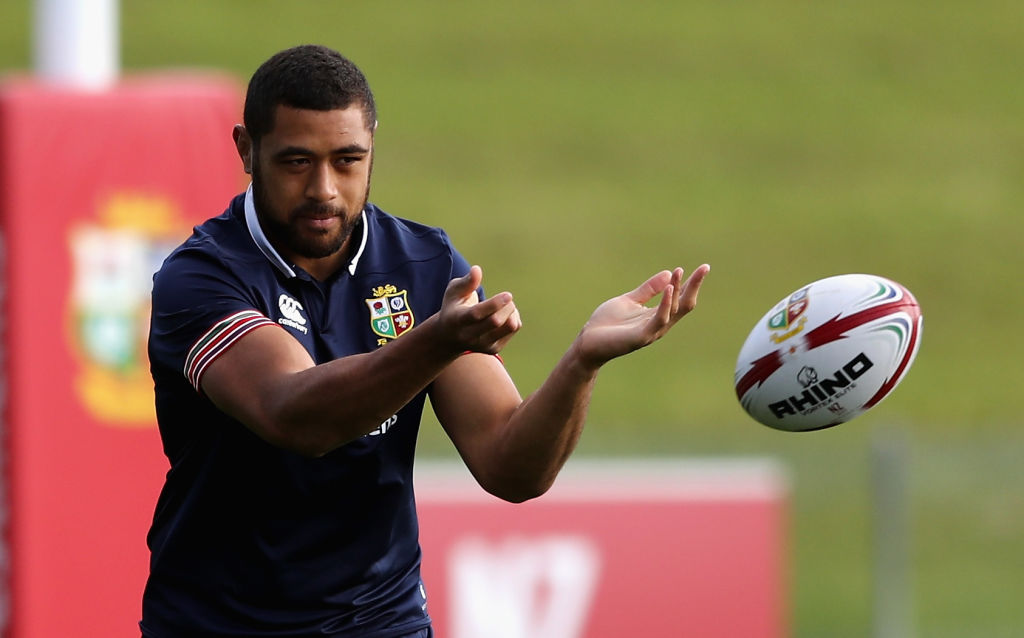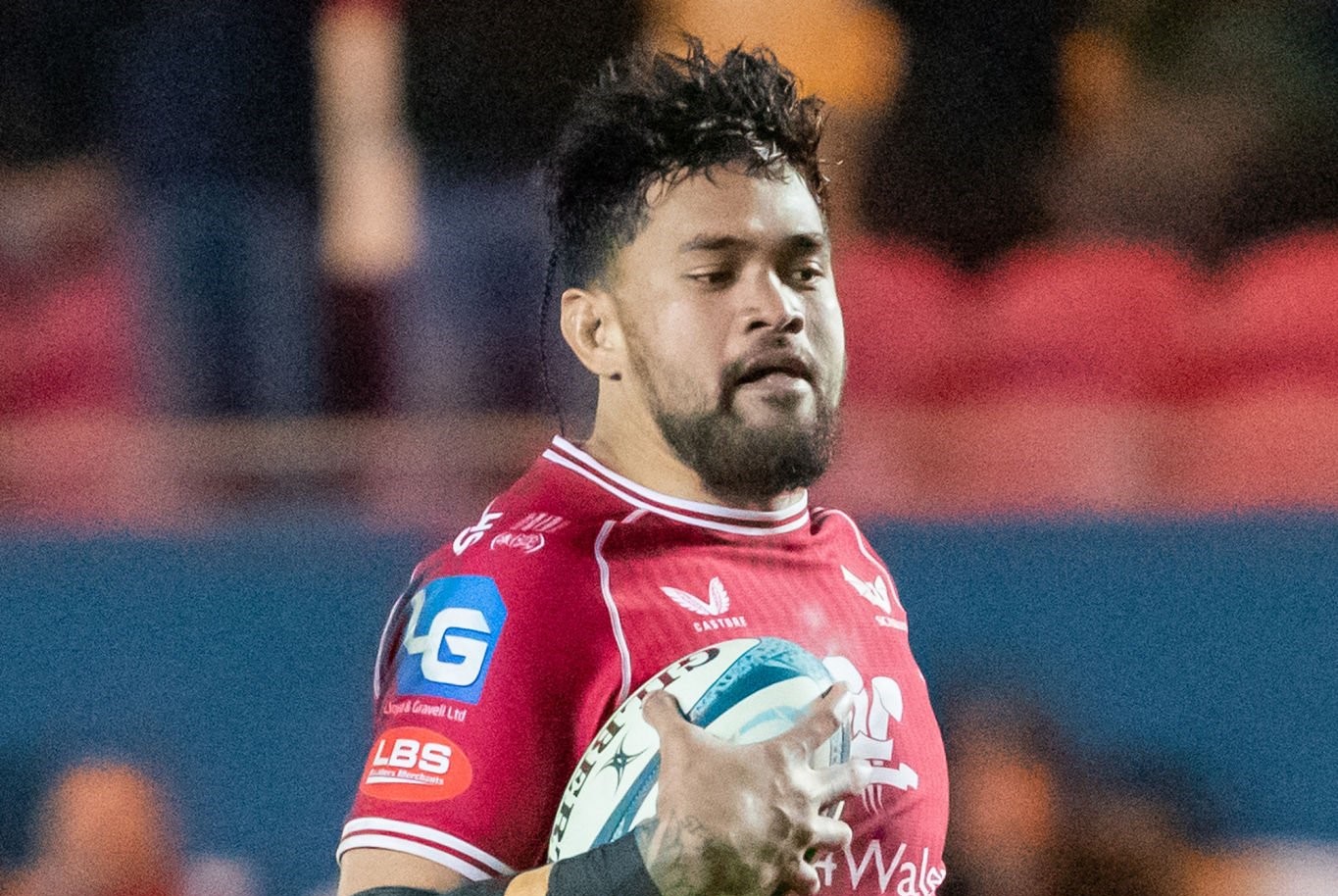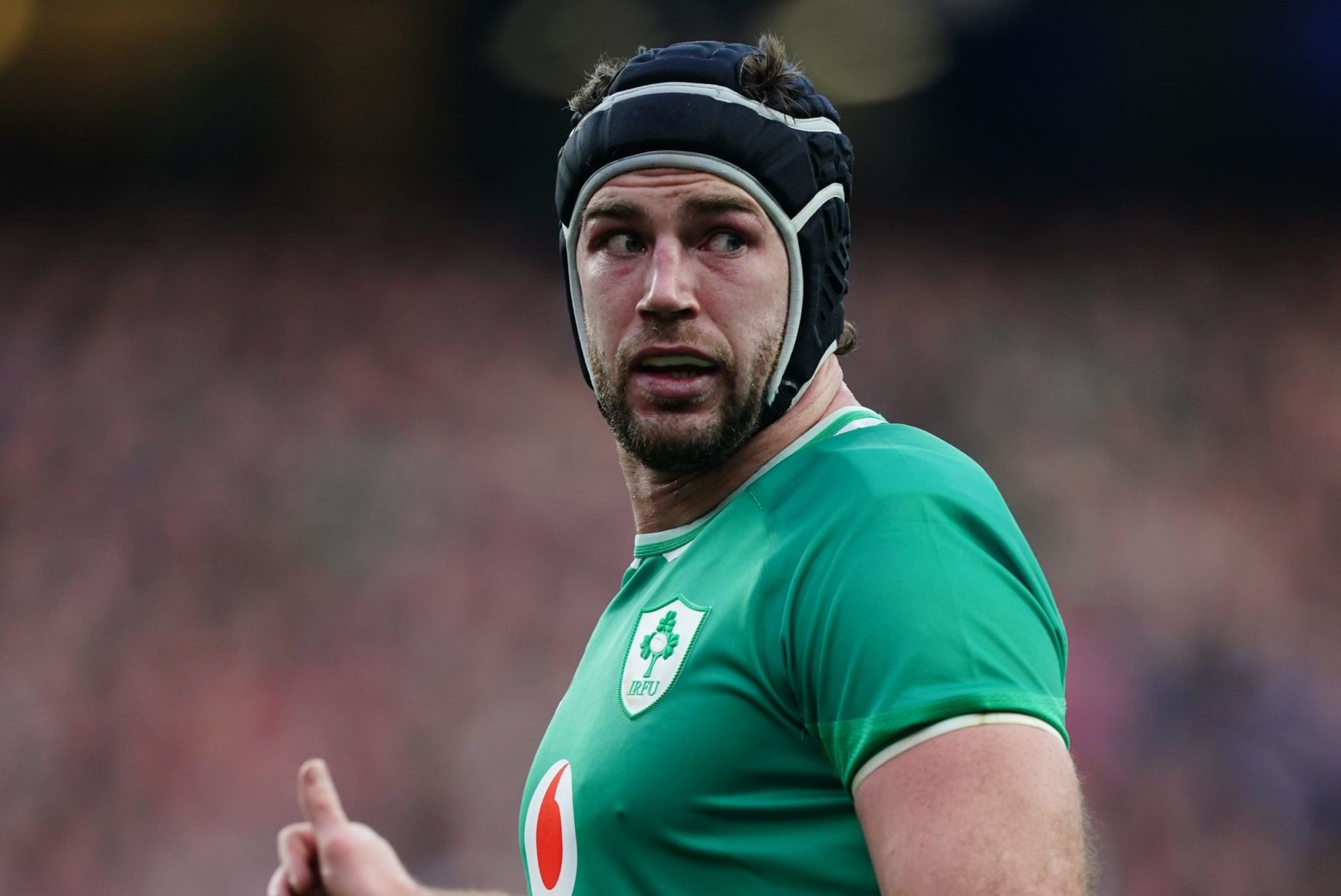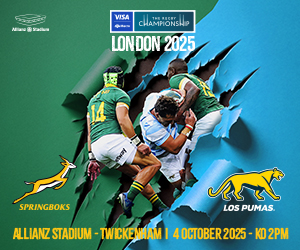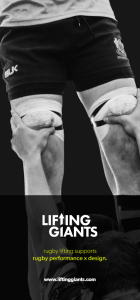Columnists
Tough to find dead certs but Taulupe one of them | Jeremy Guscott
The Wales No.8 is the first name on the Lions teamsheet at this point in time, writes Jeremy Guscott
More in Columnists
-
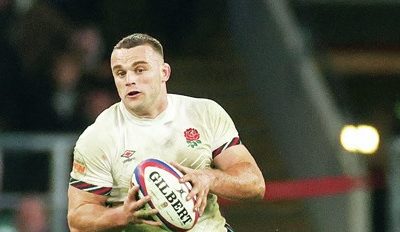

Nick Cain: Andy Farrell still at 6s and 7s in his British and Irish Lions back row conundrum
While Henry Pollock is the talk of the town, and deservedly so following his...
-
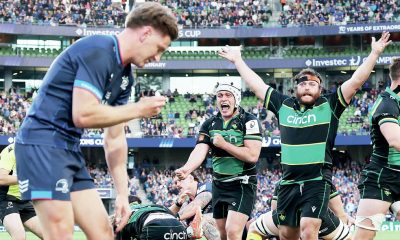

Chris Hewett: Leinster need to spread the love
"Every time a friend succeeds, I die a little.” The American author Gore Vidal...
-
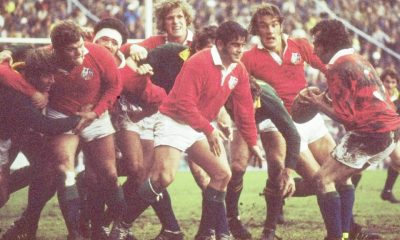

Peter Jackson: How British and Irish Lion Bobby Windsor found a nice little earner…
Win or lose, the Lions, as identified beneath what used to be the Millennium...
-
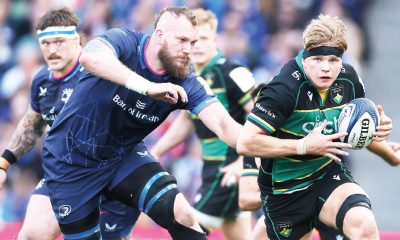

Jeremy Guscott: I hope the British and Irish Lions provide moments we talk about for years to come
The big headlines from the 2025 Lions squad announcement on Thursday are the confirmation...

